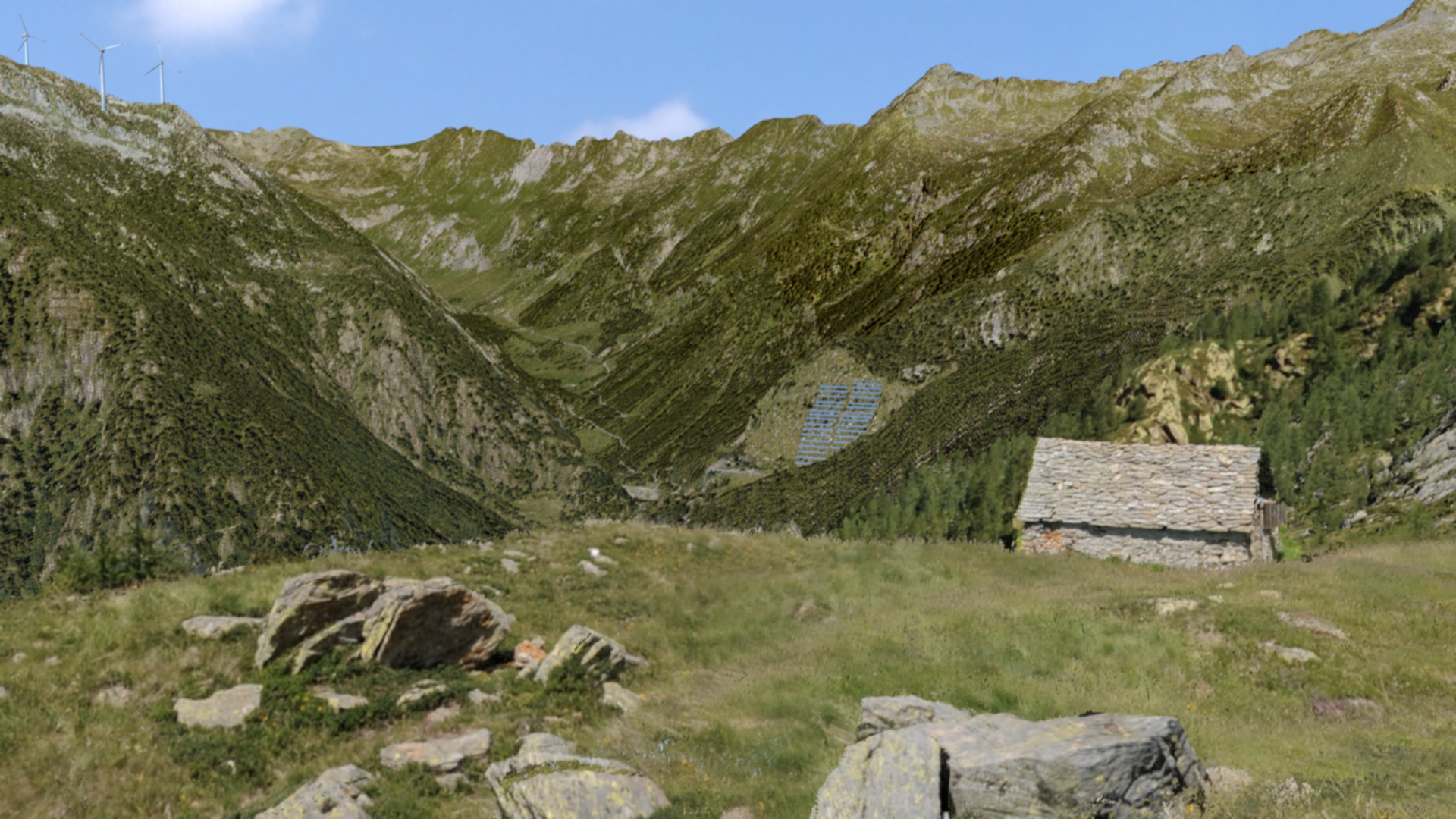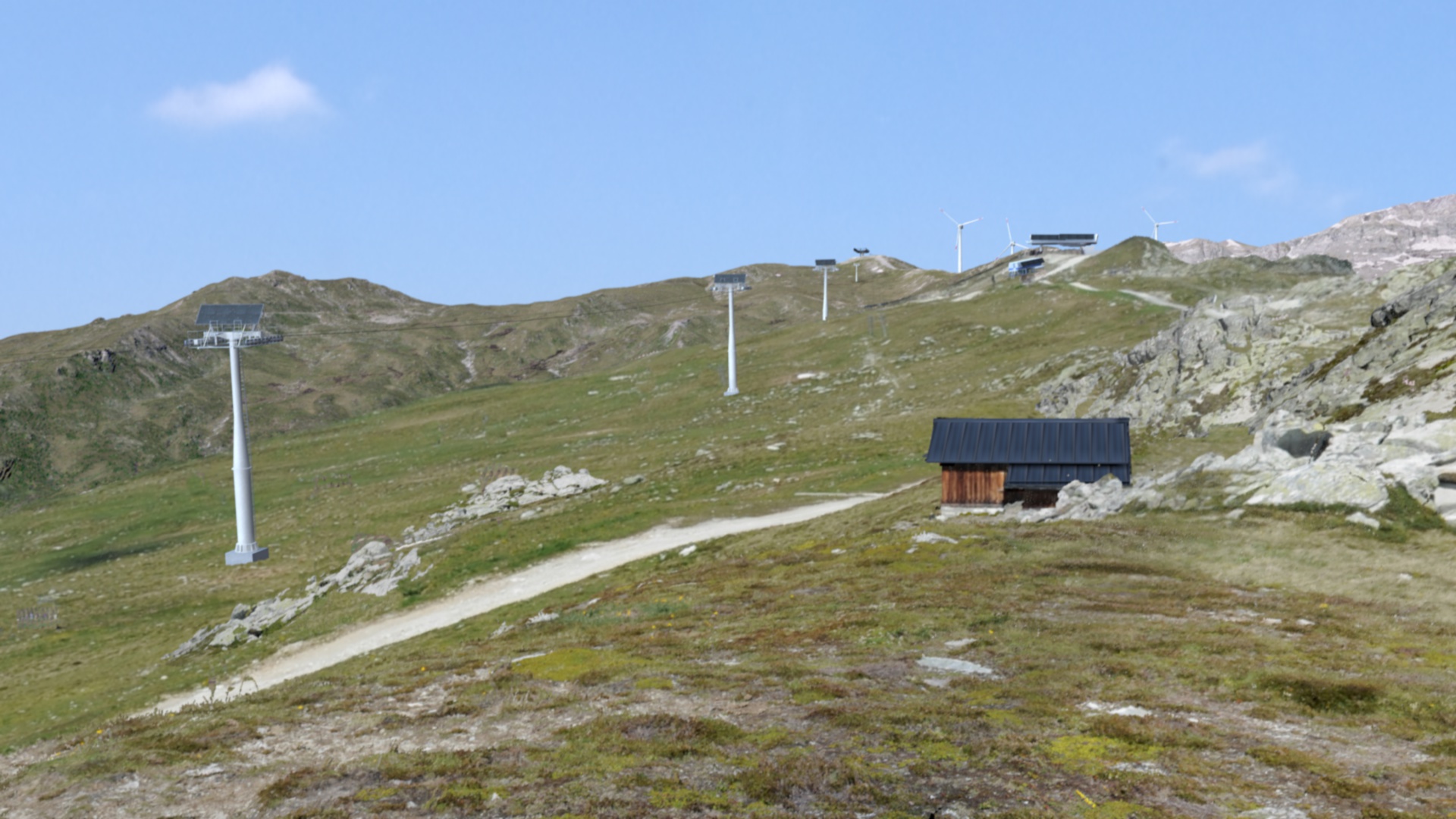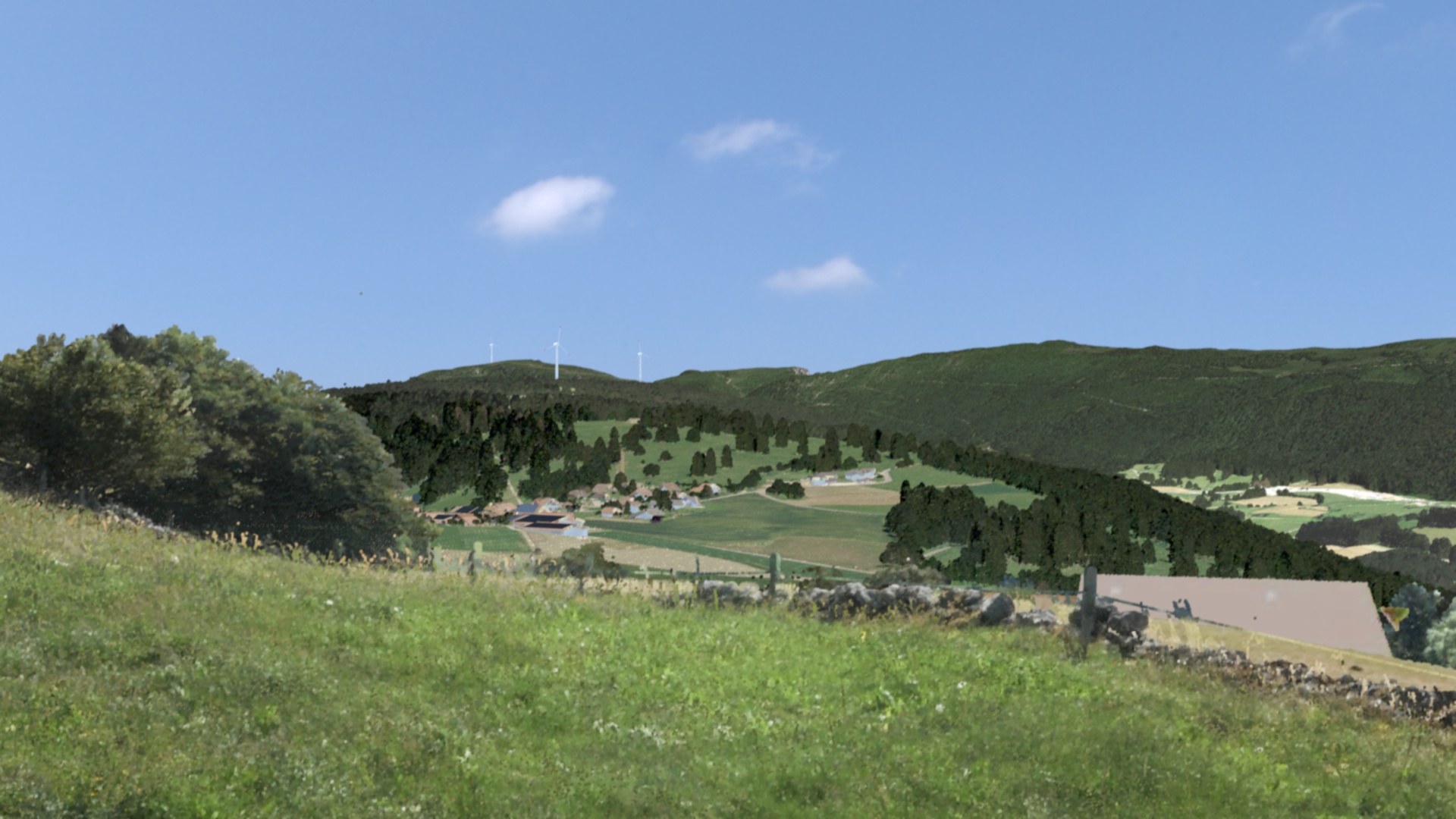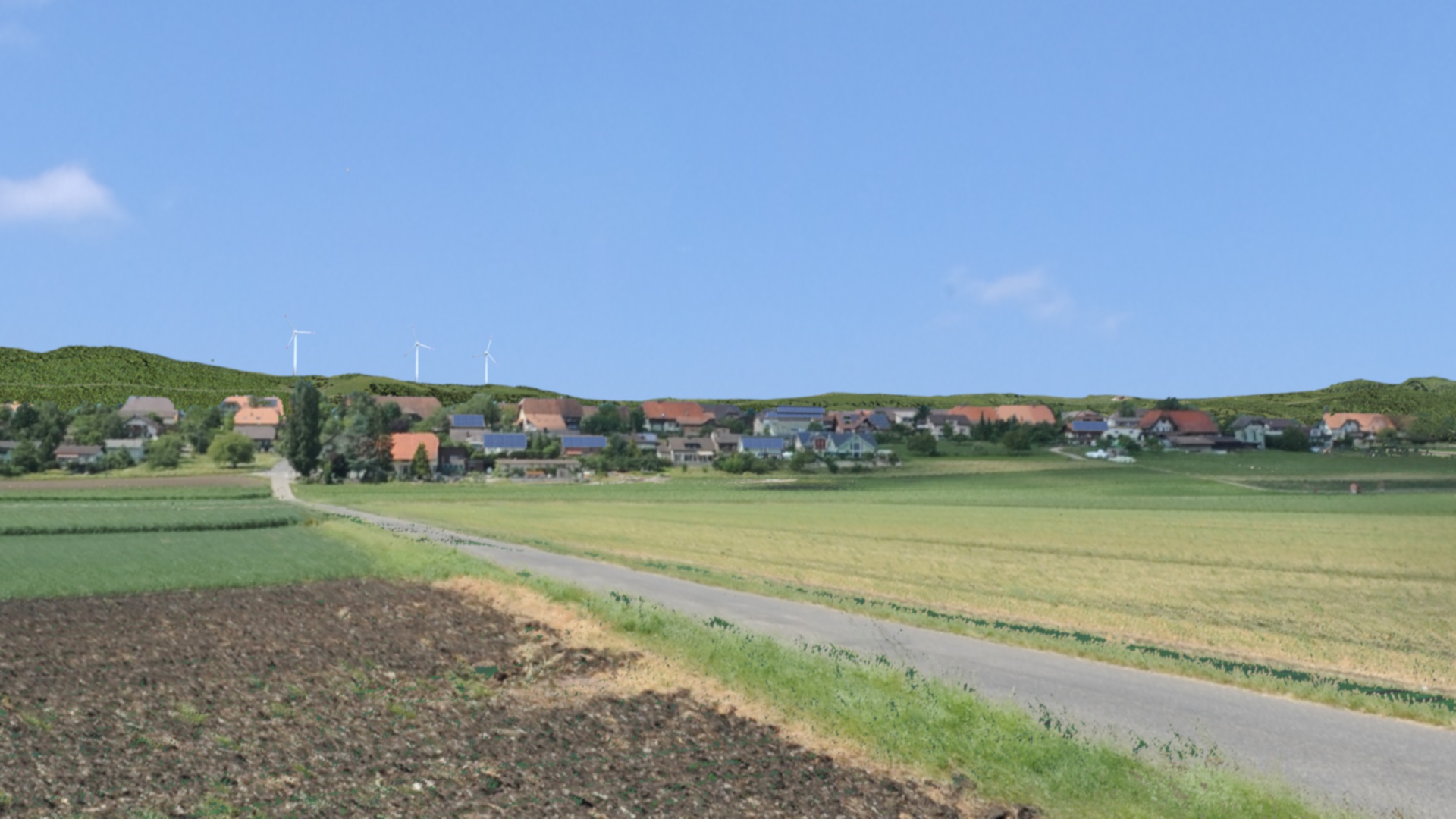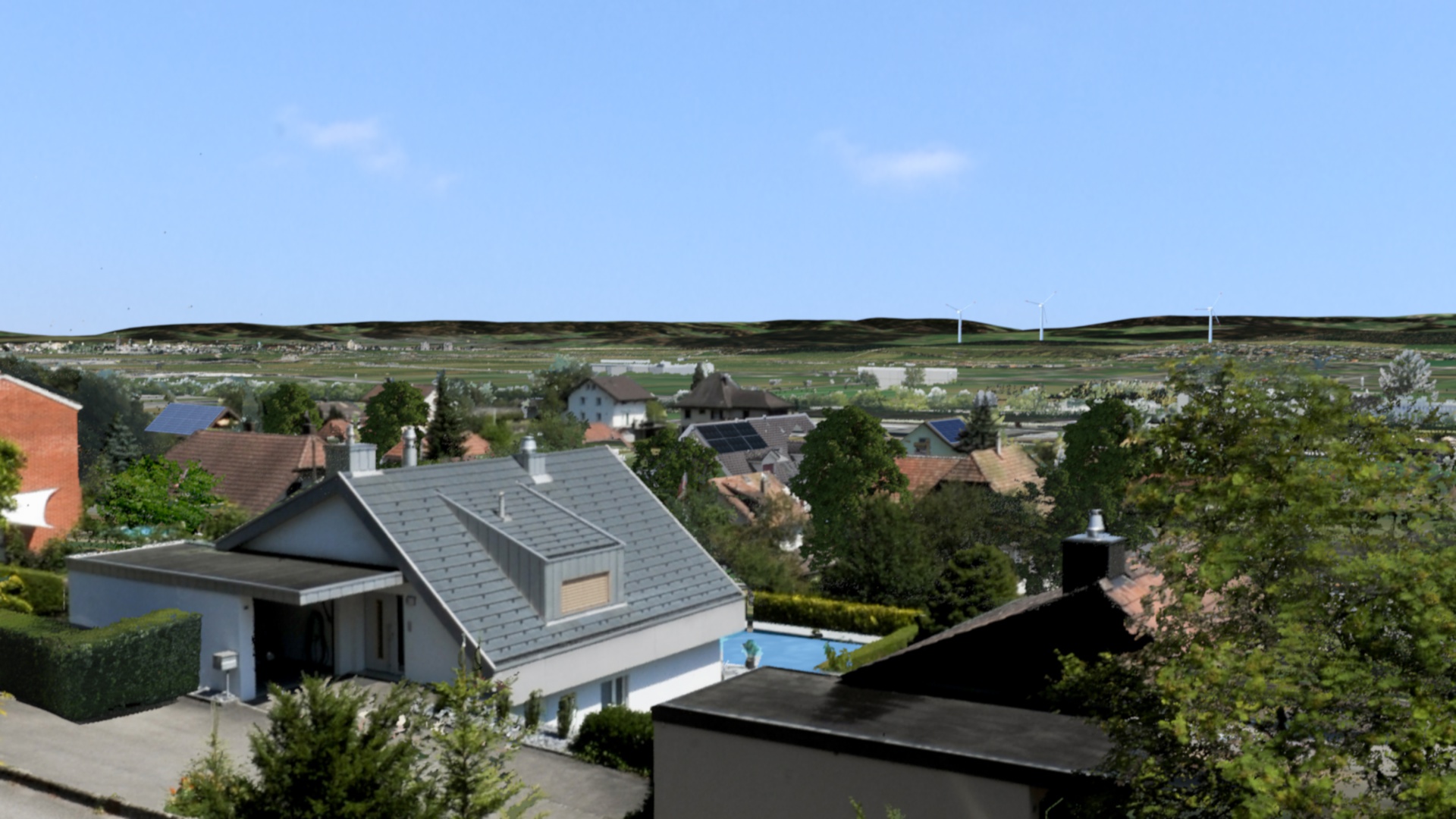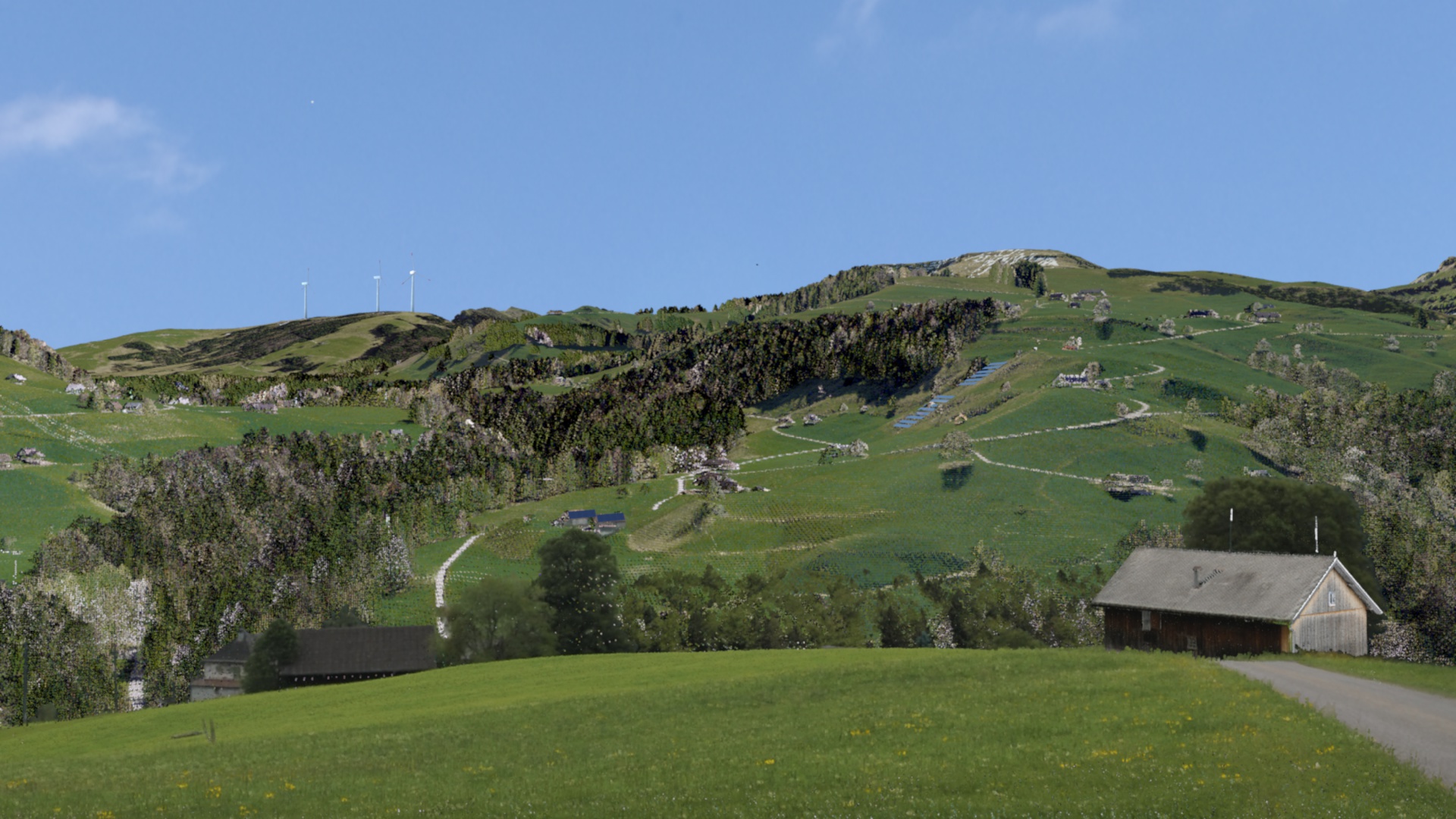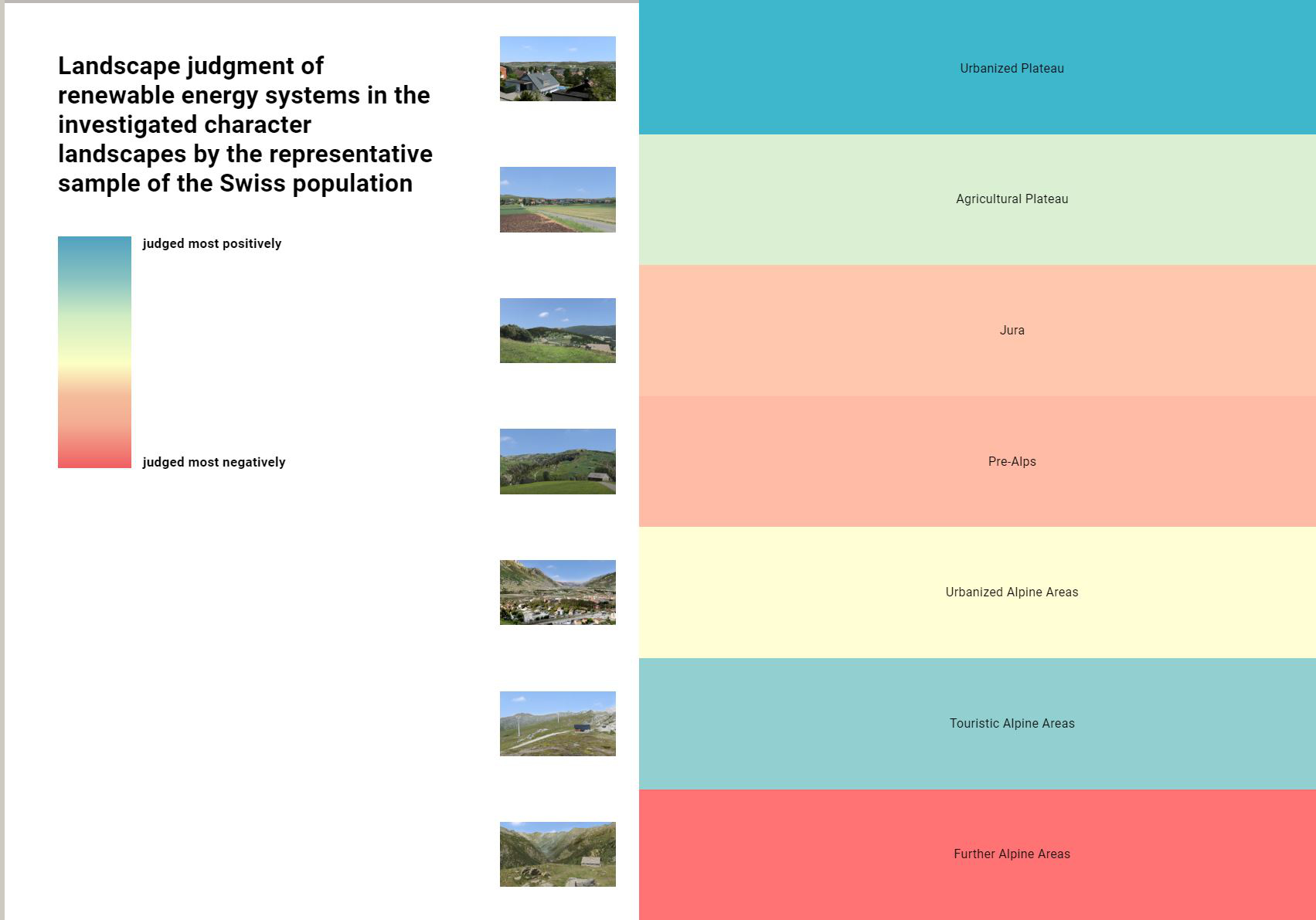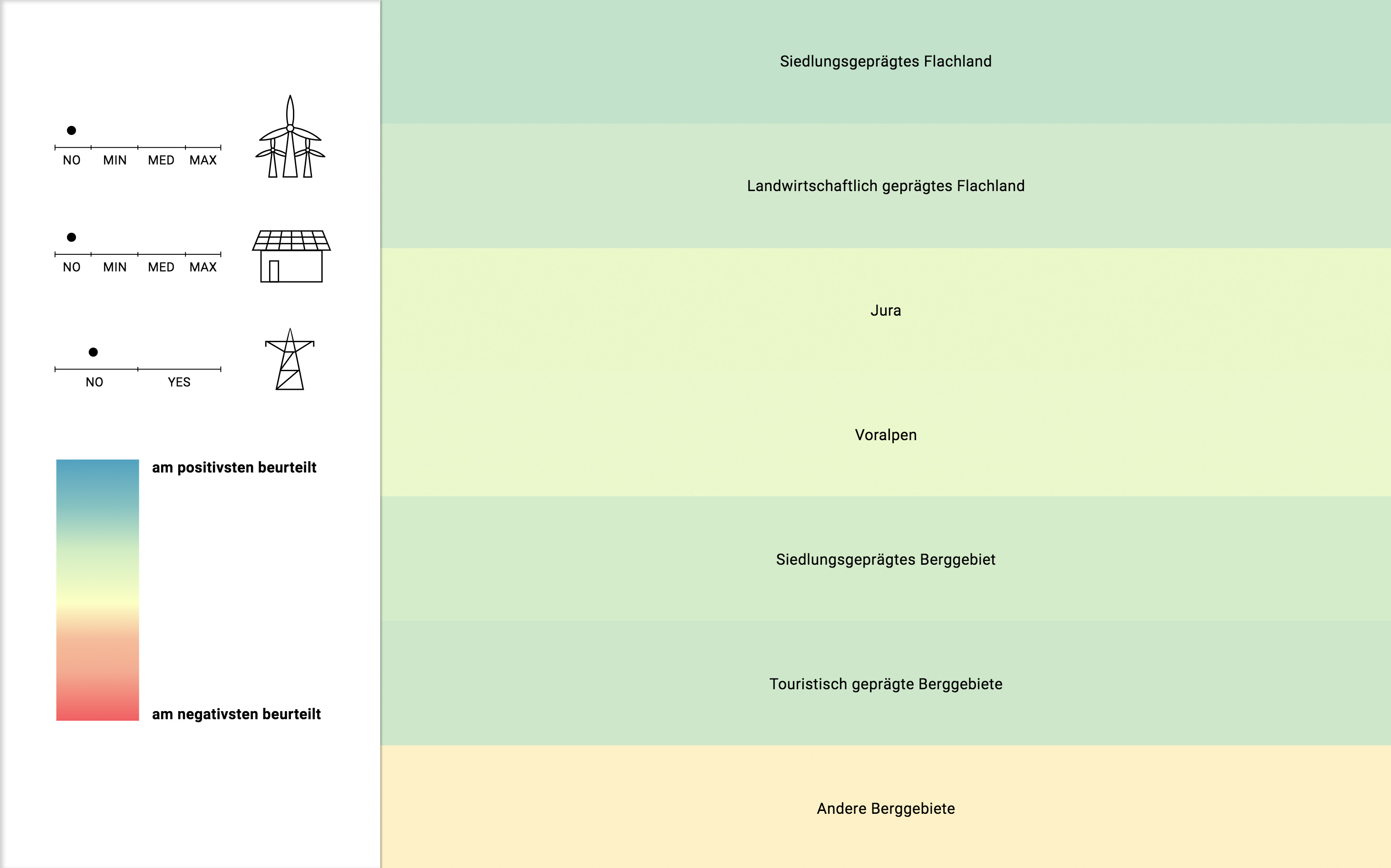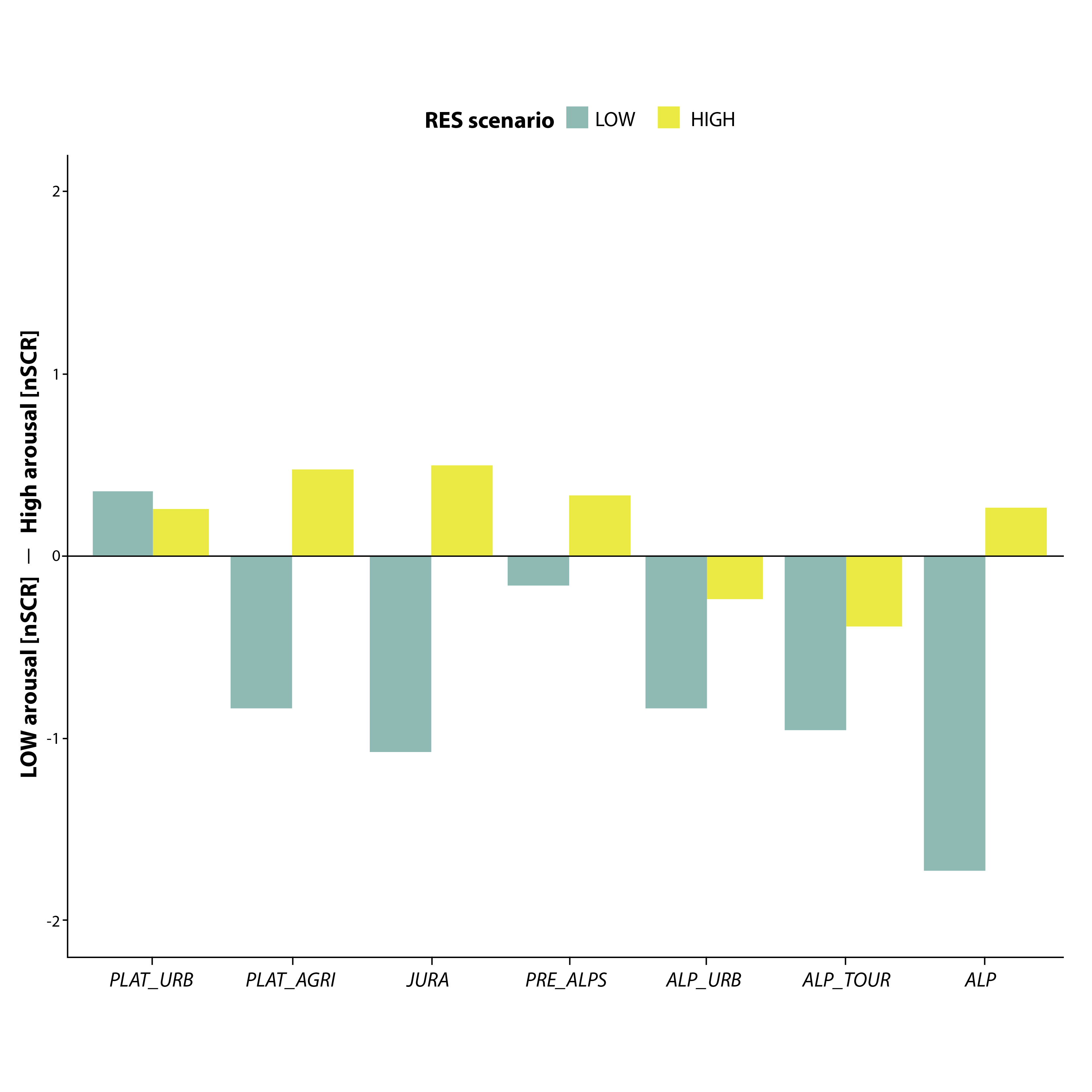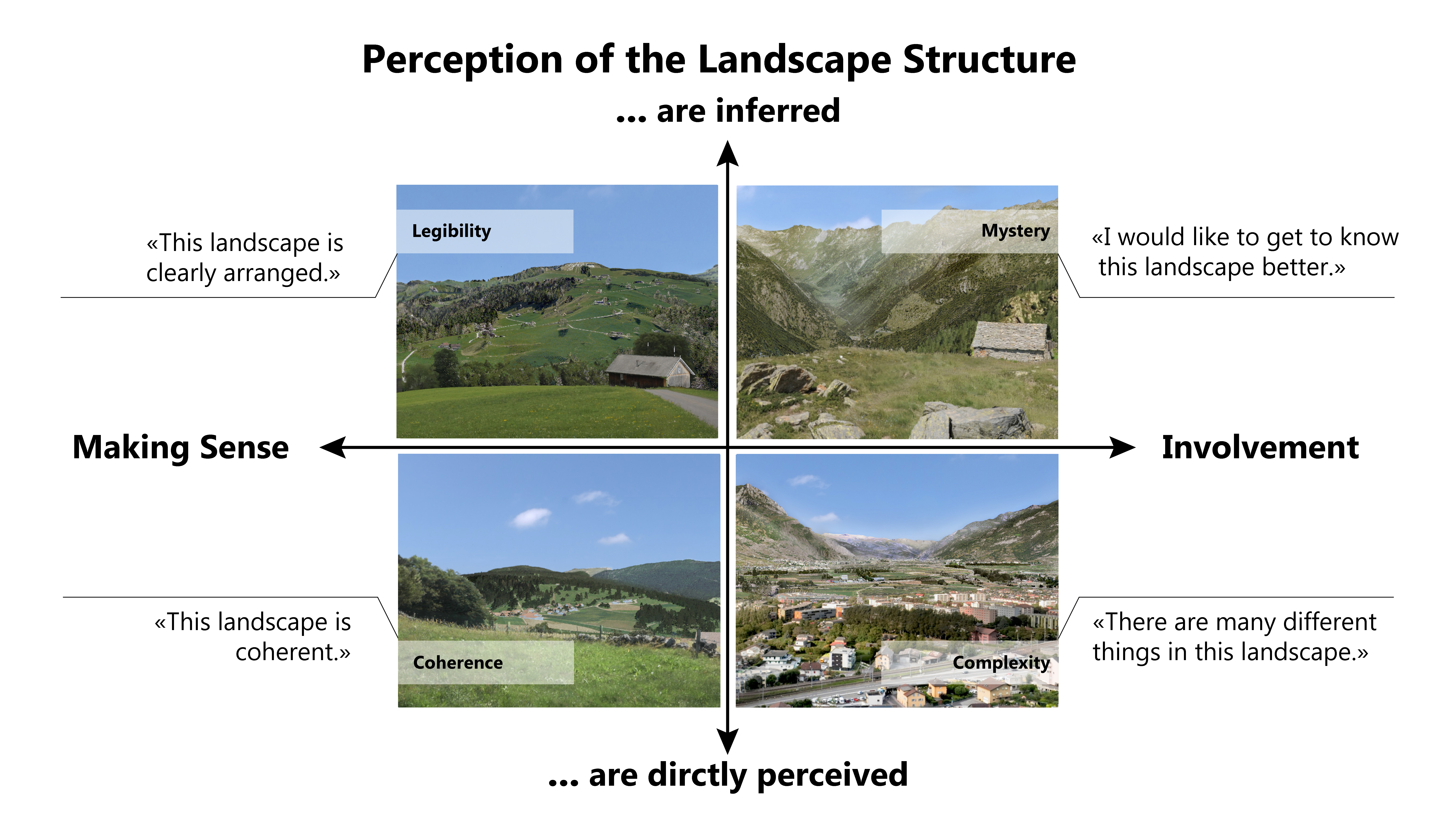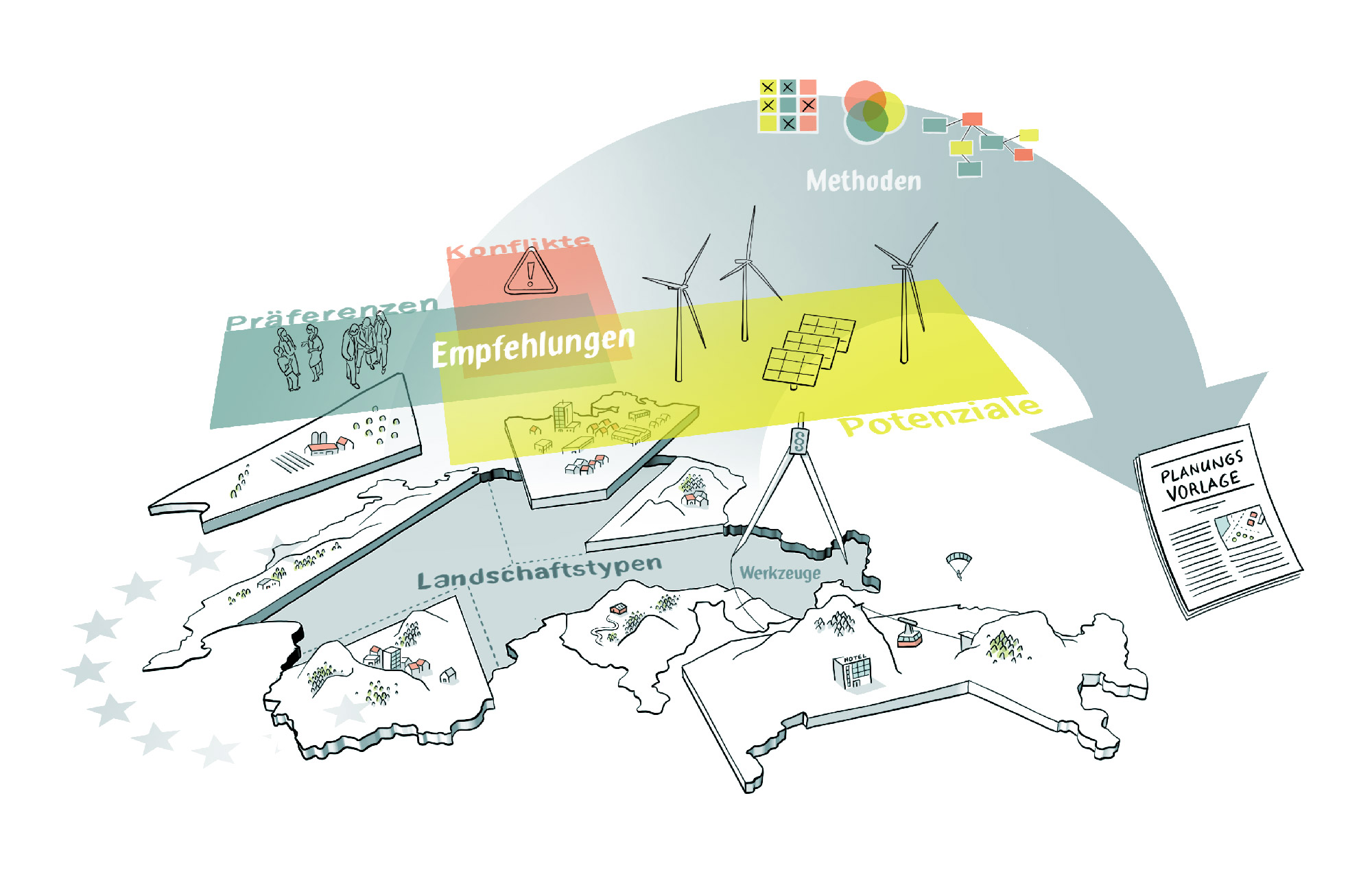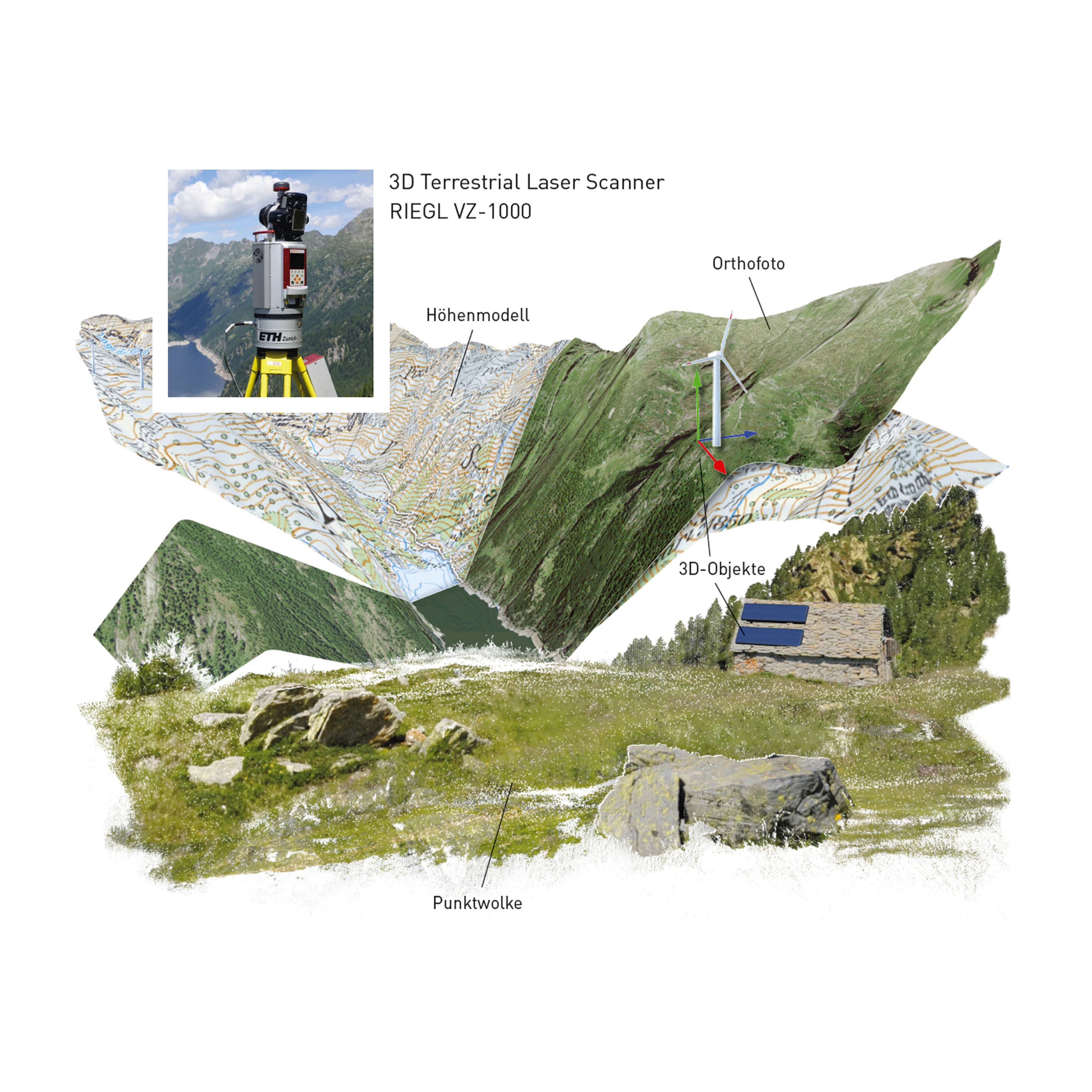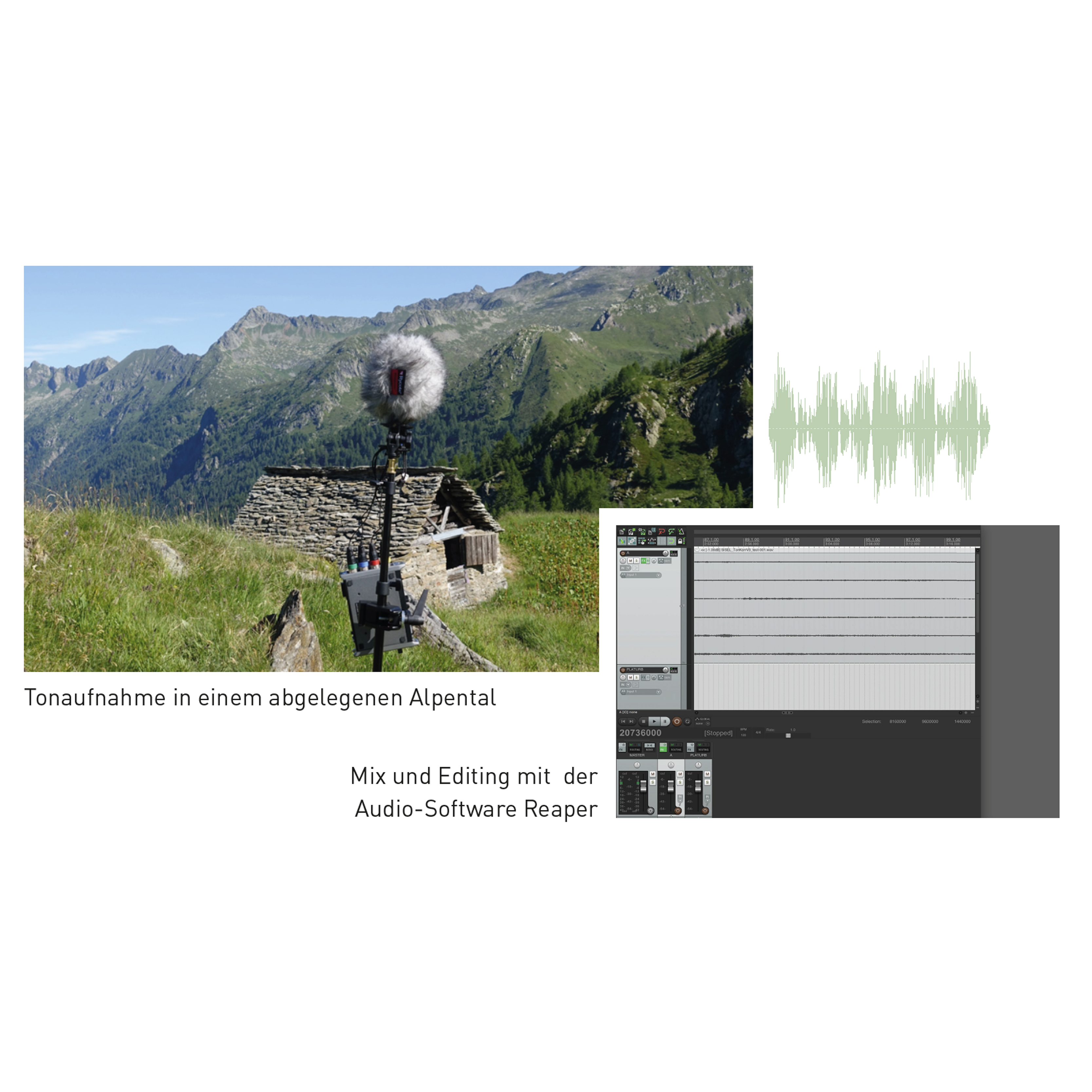Advisory Expert Group
Dr. Alfred Wittwer, SBB, Energie und Landschaft
Anke Domschky, ZHAW, Institut Urban Landscape, Dozentin für Landschaftsarchitektur
Dr. Astrid Björnsen, WSL, Leiterin Forschungsprogramm Energy Change Impact
Beat Schaffner, Meteotest AG, Geschäftsleitung, Präsident VR
Christian Moll, Swissolar, Leiter Wissensmanagement, Mitglieder & Solarprofis
Dr. Jonas Mühlethaler, Swissgrid AG, Research & Digitalisation Manager
Dr. Matthias Stremlow, BAFU, Sektion Ländlicher Raum, Sektionschef
Dr. Nebosja Bogdanovic, EKZ Renewables AG, Senior Manager Asset Development
Elisa Salaorni, BAFU, Sektion Landschaftsmanagement
Dr. Flurin Baumann, Amt f. Gemeinden u. Raumordnung Kanton Bern
Frederic Petrini-Monteferri, Laserdata GmbH, Managing Director
Hanspeter Fuchs, EKZ, Leiter Erneuerbare Energien
Jan Schudel, Binding Stiftung, Bereichsleiter Umwelt & Soziales
Joshu Jullier, Swissgrid AG, Communication Manager
Dr. Katja Maus, BFE, Sektion Energieforschung
Gallus Cadonau, SGS – Schweizerische Greina Stiftung, Geschäftsführer
Lukas Bühlmann, EspaceSuisse – Verband für Raumplanung, Direktor
Markus Geissmann, BFE, Bereichsleiter Windenergie
Mattia Cattaneo, ARE, Sektion Bundesplanungen
Dr. Regina Füeg, BPUK, Geschäftsführerin
Reto Rigassi, Swiss Eole, Geschäftsführer
Roman Hapka, Stiftung Landschaftsschutz Schweiz, stv. Geschäftsleitung
Stephan Thalmann, Alpiq AG, Portfolio Manager Renewables
The ENERGYSCAPE project team is solely responsible for the content and recommendations on this website. The statements are not necessarily in accordance with the views of the members of the Advisory Group.






